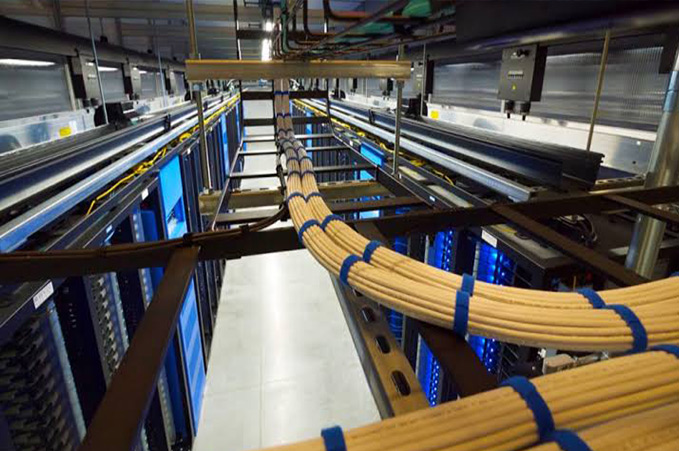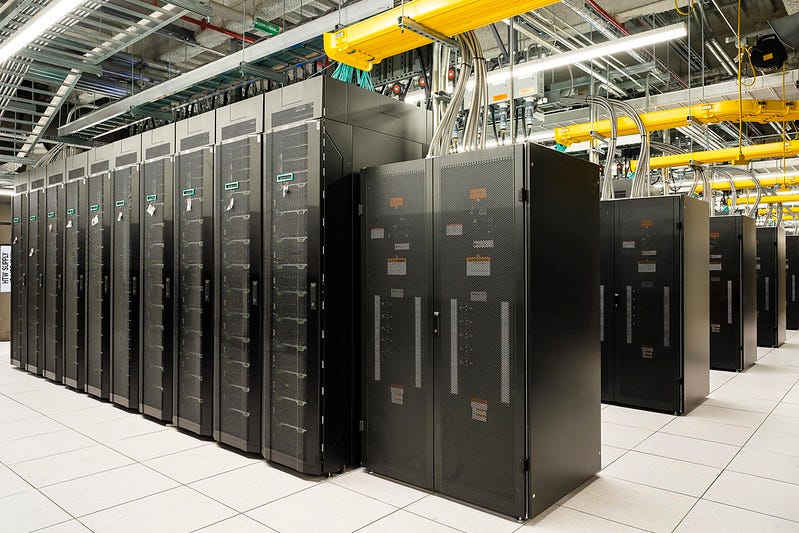Detailed Planning of Your Data Center: Key Points and Mistakes to Avoid
The planning and requirements analysis phase is the first and most important step in creating a data center.
This infrastructure is a long-term investment, so it is essential to consider not only current needs but also future growth.
Poor planning can lead to ineffective use of capital and increased operating expenses.
Here we detail the key elements to consider:
- Capacity: As for Technology, the key is to determine the data storage and processing capacity you need today and in the future. However, the Facility or Room needs to consider Electrical Capacity to be able to determine Cooling Capacity. The data center must be able to adapt to growth without costly redesigns or downtime.
- Network Traffic: A data center handles a massive volume of data. In addition to planning a robust network infrastructure with sufficient bandwidth, it is necessary to size the copper and fiber conduits that will reach the data center today and in the future.
- Security and Regulatory Compliance: Security is a critical factor. A multi-layered security approach is required. This includes physical security measures such as access control systems, camera surveillance, and protection against natural disasters. At the digital level, firewalls, intrusion detection and prevention systems, and data encryption are needed to protect against unauthorized access and cyber threats. Additionally, the data center must comply with local and international data protection regulations.
- Location: Site selection is vital. Choose a geographic location with a low risk of natural disasters (earthquakes, floods, hurricanes). It should have access to a ireliable electrical infrastructure and multiple internet providers to ensure redundancy in connectivity.
- Electrical Infrastructure: A constant power supply is essential. Redundant power systems, such as uninterruptible power supplies (UPS) and backup generators, must be included to prevent interruptions. The electrical design should account for energy consumption during peak demand and daily operation.
- Cooling Systems: IT equipment generates a lot of heat. An efficient cooling system is crucial to maintain the optimal temperature, prevent failures, and extend the equipment's lifespan. This can involve air conditioning, liquid cooling systems, or even immersion cooling.
- Server Layout: The physical layout of the servers should optimize space and energy efficiency. A good design maximizes airflow and reduces energy consumption, often by separating cold and hot aisles.
- Network Infrastructure: A fast and secure network is necessary for both internal and external connectivity. This involves the use of switches, routers, and firewalls. The network infrastructure must be redundant to ensure that service is not affected if a component fails.

Common Mistakes in Design:
Many data center projects fail due to poor planning. Here are some common mistakes to avoid:
- Not considering the Total Cost of Ownership (TCO): Focusing only on initial construction costs is a mistake. Operational and maintenance expenses (OpEx) and energy costs must be included to have a complete and realistic long-term financial model.
- Incorrectly estimating construction costs: Budget requests are often too low, leading to delays and project issues.
- Setting incorrect design criteria: Not all organizations need the highest level of redundancy (Tier 3 or 4). Oversizing the infrastructure is a waste of capital and increases operating and energy costs. Design criteria should be based on business objectives and the actual risk profile.
- Choosing the location before design criteria: Selecting a site without having defined design requirements is a common mistake. The location must meet the specific needs of the data center regarding power, connectivity, and geographic risks.
- Planning space only for IT equipment: The considerable space required for mechanical and electrical equipment, as well as offices and staging areas, is often overlooked. Spatial design must consider all components.
- Designing a “dead-end”: Although modular designs are important for saving capital, flexibility is key. Systems must be able to expand without interruptions, adapting to future changes in density or business growth.
- Not properly understanding Power Usage Effectiveness (PUE) and thermal management: Many underestimate heat and operating costs. This can significantly affect economic viability and become a real nightmare. Associated calculations and costs must be thoroughly understood to avoid misunderstandings and unforeseen expenses.
- Overly complex designs: Simplicity is essential. More equipment and components mean more points of failure, higher risk of human error, and increased construction, operation, and maintenance costs. A simple, easy-to-maintain design is more reliable and cost-effective.
Proper planning and a holistic approach to TCO are essential to build a data center that meets performance objectives and current and future business needs.




